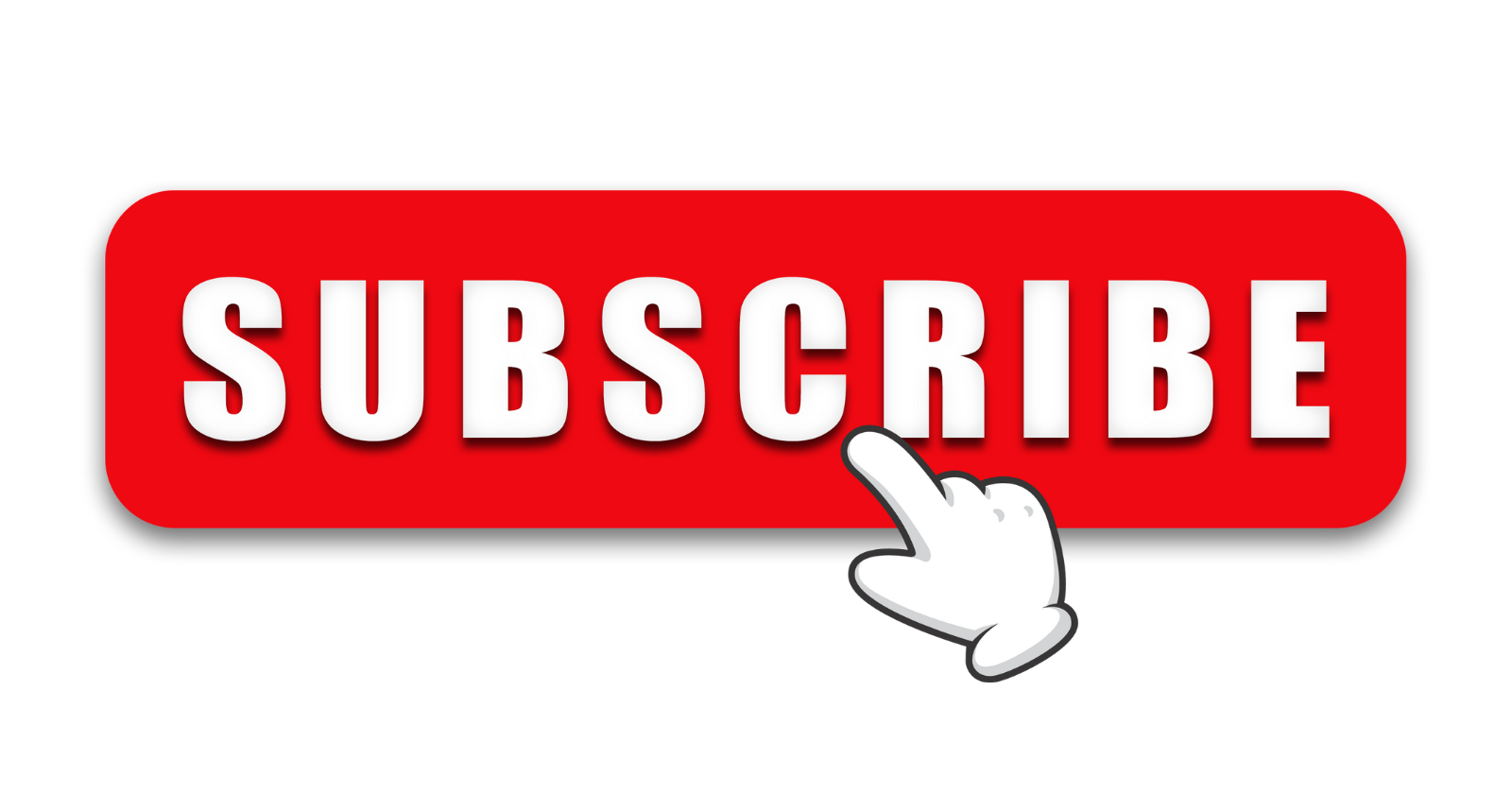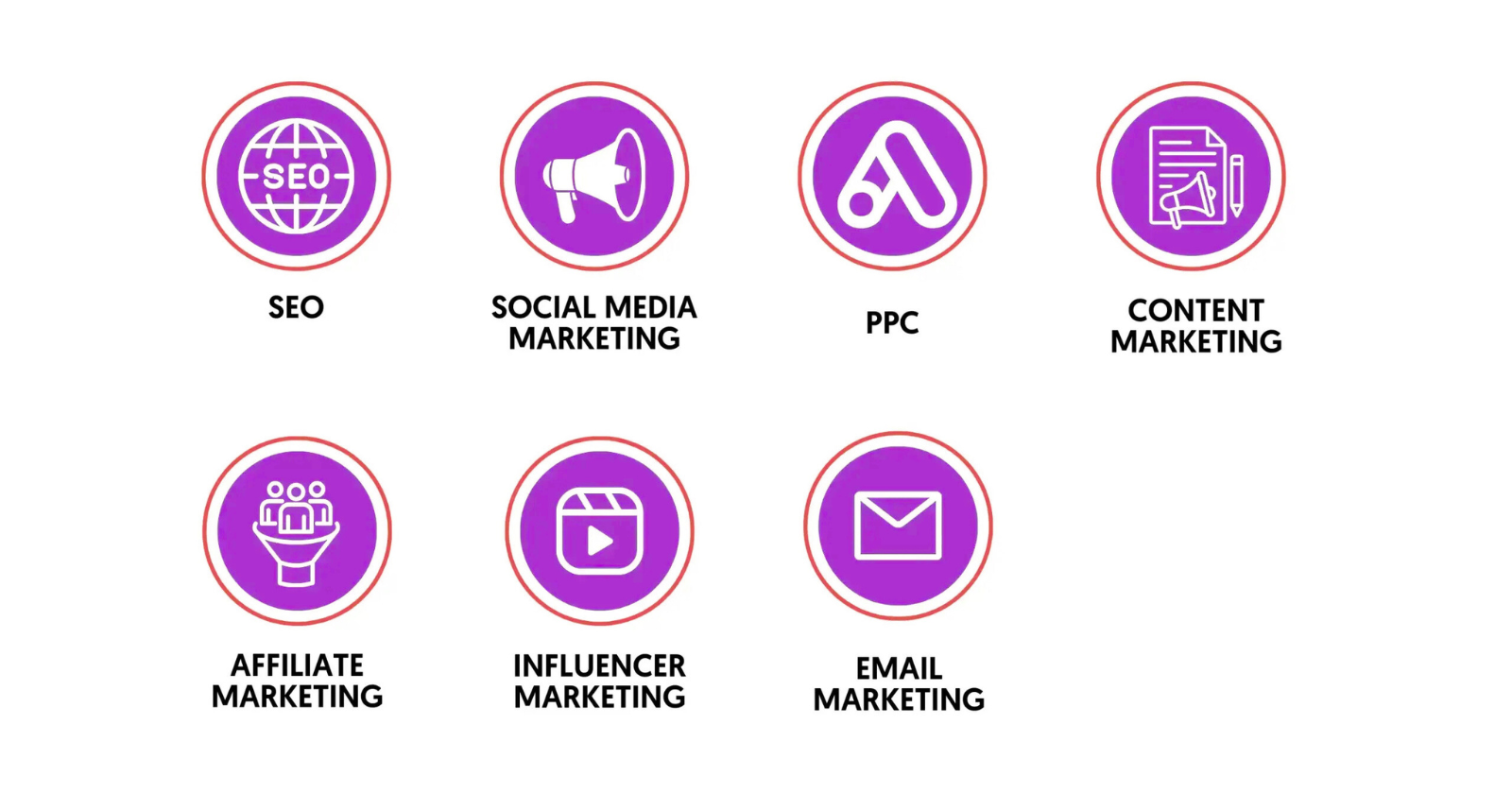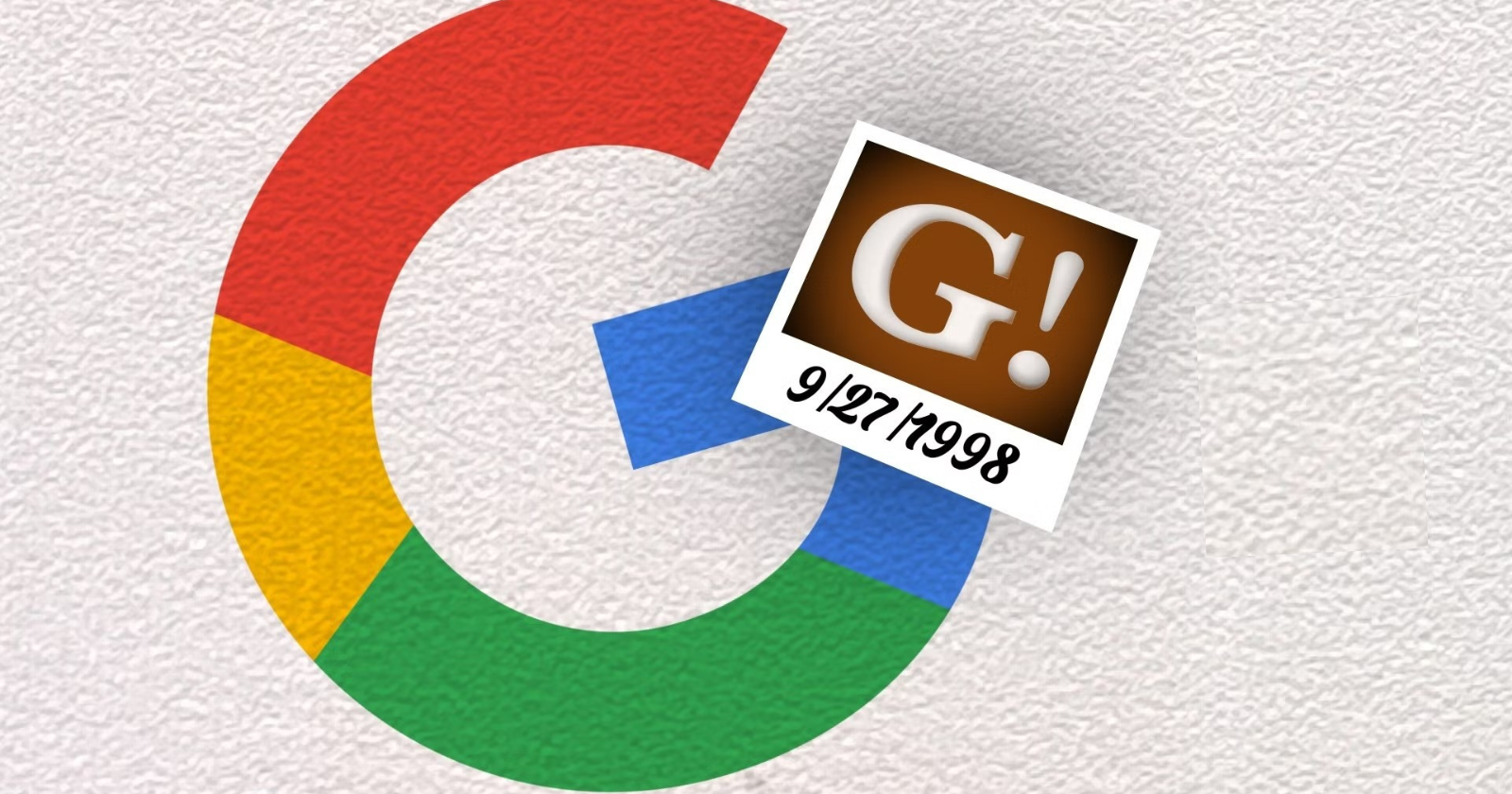In the world of digital marketing, getting your website to appear on top of search engine results is not just about luck — it’s about strategy.
One of the most powerful techniques to boost your website’s visibility is through On-Page SEO.
But what exactly is On-Page SEO, and how can you use it effectively?
Let’s break it down in simple words!
What is On-Page SEO?
On-Page SEO refers to the practice of optimizing individual web pages so they rank higher and attract more relevant traffic from search engines like Google.
Unlike Off-Page SEO (which focuses on external signals like backlinks), On-Page SEO is all about the elements you control directly on your website.
In short, On-Page SEO means making sure your content, keywords, HTML, and overall page structure are fine-tuned to make your website more attractive to both users and search engines.
Why is On-Page SEO Important?
You might ask: Why should I spend time on On-Page SEO when I can just run ads or get backlinks?
Here’s why:
- Helps Search Engines Understand Your Content: Clear signals help search engines know what your page is about.
- Increases Organic Traffic: Better rankings mean more visitors — without paying for ads.
- Boosts User Experience (UX): Well-organized, fast, and mobile-friendly pages keep visitors happy.
- Higher Conversion Rates: Visitors are more likely to take action (like buy, sign up, or contact you) when the page meets their needs.
On-Page SEO builds a strong foundation for your website’s long-term success.
Key Elements of On-Page SEO
Let’s dive into the most important parts of On-Page SEO that you should focus on:
1. Title Tags
Your title tag is the first thing both users and search engines see.
It should:
- Include your main keyword naturally
- Be clear, engaging, and around 60 characters
- Accurately describe the page content
Example:
Bad: “Home”
Good: “On-Page SEO: How to Optimize Your Website for Better Rankings”
2. Meta Descriptions
Meta descriptions appear under your title in search results.
A good meta description:
- Summarizes the page
- Includes the main keyword
- Encourages clicks
Example:
“Learn everything about On-Page SEO, why it matters, and how to optimize your website for higher search engine rankings.”
3. URL Structure
URLs should be short, clean, and keyword-rich.
Avoid random numbers or letters.
Example:
Good: www.example.com/on-page-seo-tips
Bad: www.example.com/page?id=1234
4. Heading Tags (H1, H2, H3, etc.)
Use heading tags to organize your content logically.
- Use one H1 tag per page (usually the main title)
- Use H2 for main sections, H3 for sub-sections
This helps both readers and search engines understand the structure.
5. Keyword Optimization
Use your target keyword naturally throughout the page, including:
- Title
- Headings
- First 100 words
- Meta description
- URL
⚡ Important: Avoid keyword stuffing! Write naturally.
6. High-Quality Content
Content is king — no SEO tricks can save bad content.
To create great content:
- Provide real value and answer your audience’s questions
- Make it original and informative
- Update it regularly
Longer, detailed content often ranks better, but only if it’s useful.
7. Internal Linking
Link to other pages on your own website.
This:
- Helps visitors discover more content
- Passes SEO value between pages
- Improves website structure
Use natural anchor text (the clickable text) when linking.
8. Image Optimization
Images make your content engaging, but they must be optimized:
- Use descriptive filenames (e.g., on-page-seo-tips.jpg)
- Add alt text to describe the image (important for SEO and accessibility)
- Compress images for faster loading
9. Mobile-Friendliness
Today, more than half of all website traffic comes from mobile devices.
Make sure your website:
- Loads fast
- Looks good on phones and tablets
- Has easy-to-click buttons and readable fonts
Google prioritizes mobile-friendly websites.
10. Page Speed
Nobody likes a slow website.
A delay of even a few seconds can lead to lost visitors.
To boost speed:
- Compress images
- Minimize CSS and JavaScript files
- Use fast hosting
- Implement caching
Tools like Google PageSpeed Insights can help you analyze and improve speed.
How to Do On-Page SEO Step-by-Step
Here’s a simple action plan you can follow:
- Keyword Research: Find the best keywords related to your topic.
- Plan Content: Create content that answers searcher intent.
- Optimize Titles and Headings: Use keywords strategically.
- Write a Strong Meta Description: Make it compelling.
- Use Internal Links: Connect your content smartly.
- Optimize Images: Don’t forget alt texts and file names.
- Check Mobile and Speed: Always test before publishing.
- Publish and Monitor: Watch traffic and rankings.
Over time, tweak and update your content to stay competitive!
Common On-Page SEO Mistakes to Avoid
Even with good intentions, some mistakes can hurt your rankings:
- Keyword stuffing: Using keywords unnaturally
- Duplicate content: Copying from other websites
- Ignoring mobile users: Not optimizing for small screens
- Missing internal links: No path for users to explore
- Not optimizing images: Slowing down page load
Stay mindful of these issues to keep your SEO strong.
Final Thoughts: Mastering On-Page SEO
On-Page SEO isn’t rocket science — it’s about creating the best possible experience for your visitors while helping search engines understand your content.
When you focus on high-quality, keyword-rich, user-friendly pages, your website will naturally climb the search rankings over time.
If you’re serious about building a strong online presence in 2025 and beyond, mastering On-Page SEO is one of the smartest investments you can make.
Remember: great SEO always starts on your own website!



